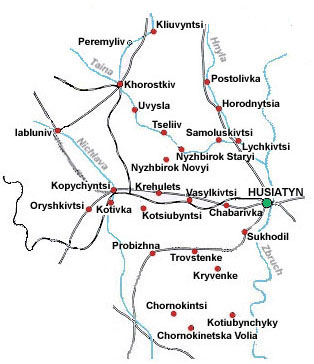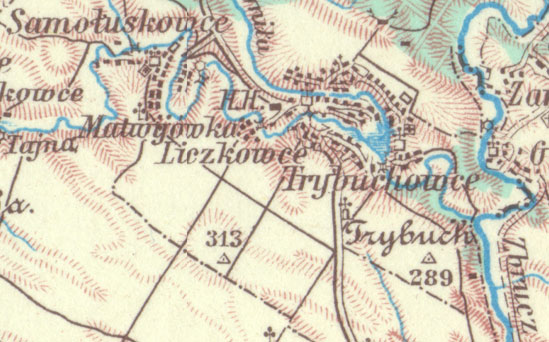zeilinski, zilinski, zelinski
 The Story of our family is formed by shifting language and shifting borders – and is especially impacted by the incredible turbulence in middle Europe during the Second World War and post-war Communism.
The Story of our family is formed by shifting language and shifting borders – and is especially impacted by the incredible turbulence in middle Europe during the Second World War and post-war Communism.
It’s incredible that we aren’t even positive about how to spell our family name – as it varies radically, depending on which history you go with. As a Polish name, it is usually spelled Zeilinski – probably derived from the Polish word “zeil” or “green”. It’s origin is not that of the colour green, but rather of the green trades – growing, or agricultural.
Zilinski is the common Ukrainian spelling, probably related to the Ukrainian word “zinlen” – or “zinc” in English. Again, this probably ties the family name to a trade or profession – as do most east european (non-aristocratic) names – maybe our ancestors were zinc miners!
On it’s travels, the family name became variously Zelinsky, Zeilinsky, or Zilinski (one branch of our family in Canada – the Stan Zilinski family – uses this variation). It’s hard to clear this up because early records are in Cyrillic characters – and often poorly inscribed. The Russian/Cyrillic characters can be read as either ‘i’ or ‘ei’ or ‘ie’ depending on usage. Ey-yi-yi…
Anyways, for whatever reason, the majority of our family spells the name Zelinski. Usually. Some of us are faking – the official birth certificate for Victor lists his family name as Zilinski, for example.
where it began – the Old Country:
Our great grandparents were John and Sophia (nee Dzivir) Zeilinski from Leichkoves (now spelled Lychkivtsi or, in Polish, Liczkowce) on the confluence of the rivers Taina and Hnyta, in the province of Husiatyn, (Russian name Gusyatin, now spelled Husyatyn). This area, traditionally known as Galicia (or earlier, Rhuthenia oreven further back, as Ezdenithenia), then comprised part of Austria-Hungary.
Galicia became part of Poland after World War I, from 1920 – 1939. The brief return to Poland was seen as a ‘homecoming’, a return to the country and culture that most Galicians claimed as their culture heritage. This brief return “home” was ended by the Nazis, and the region of Galicia, strategically placed between the Nazi and Soviet powers, was particularly brutalized during the occupation. Husatyn, so close to our ancestral village, was not spared, as this testimonial describes.
After the Second World War, Galicia became part of the Ukrainian Soviet Republic until the breakup of the USSR and Ukraine’s declaration of independence in 1991. Today the village our grandparents came from is part of south-west Ukraine, near the border with Romania. These borders, hopefully, will have stopped shifting for a while at least…

This 19th century Austrian military map of a portion of Galicia shows the location of the village Liczkowce (Lychkivtsi in Ukrainian). The village is about 25 miles south of Ternopil, the nearest large city. Trybuchowce (Trybukhivtsi in Ukrainian) across the Gnila river was later merged into Lychkivtsi when the Soviets took over.